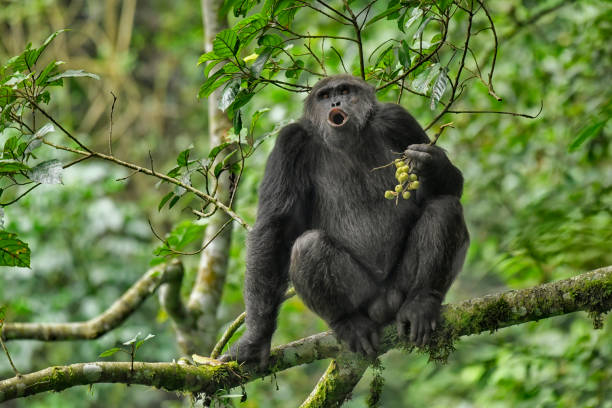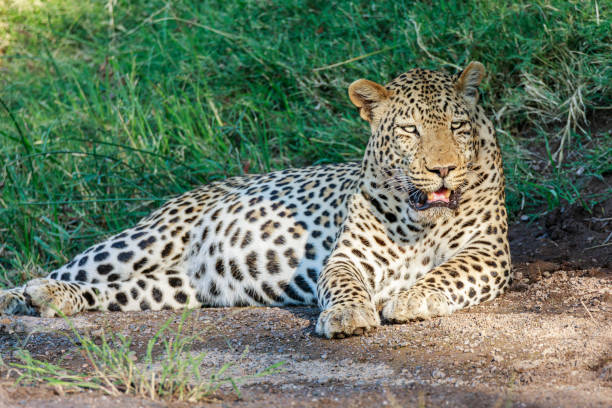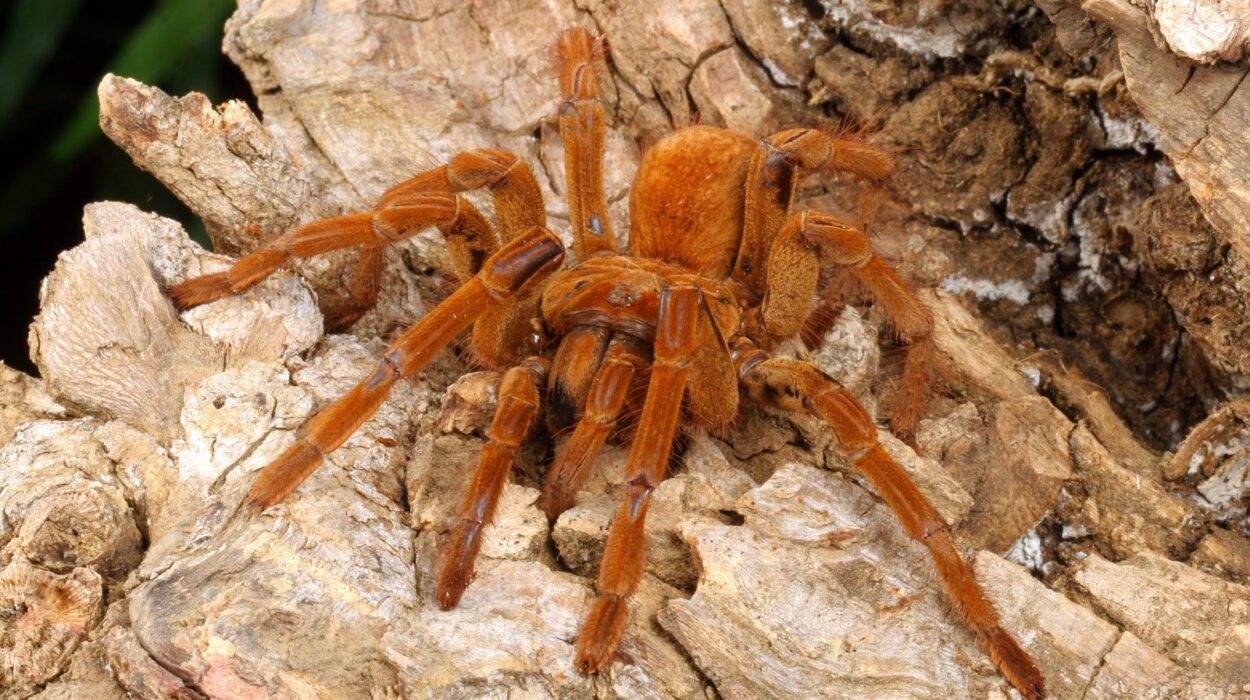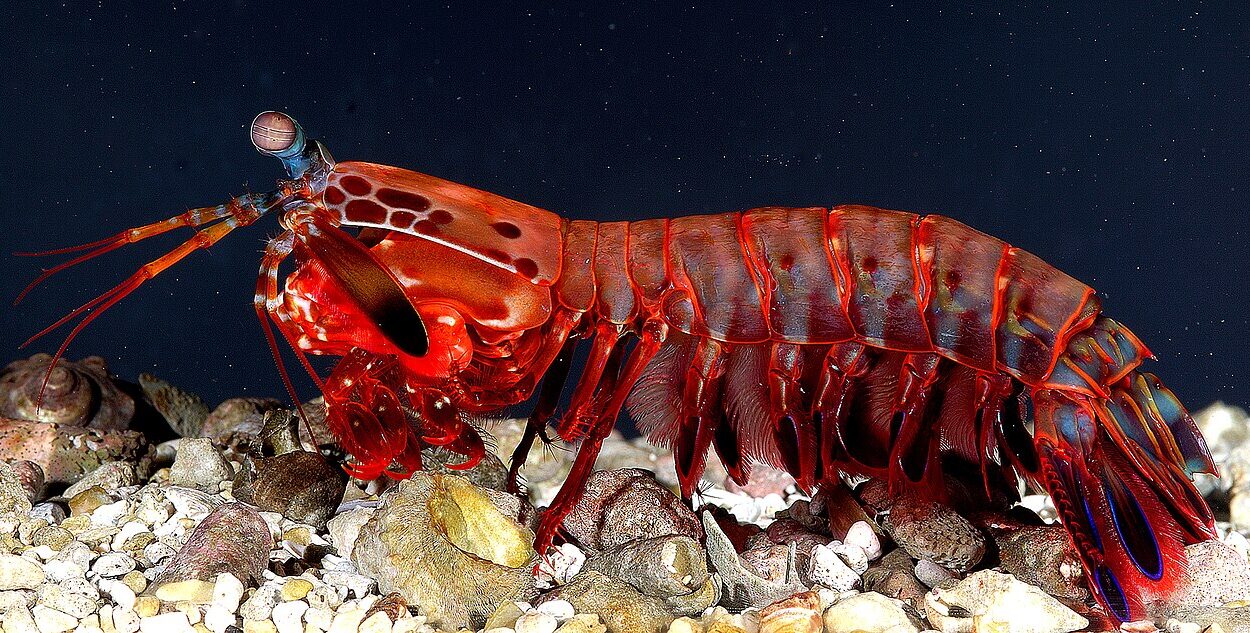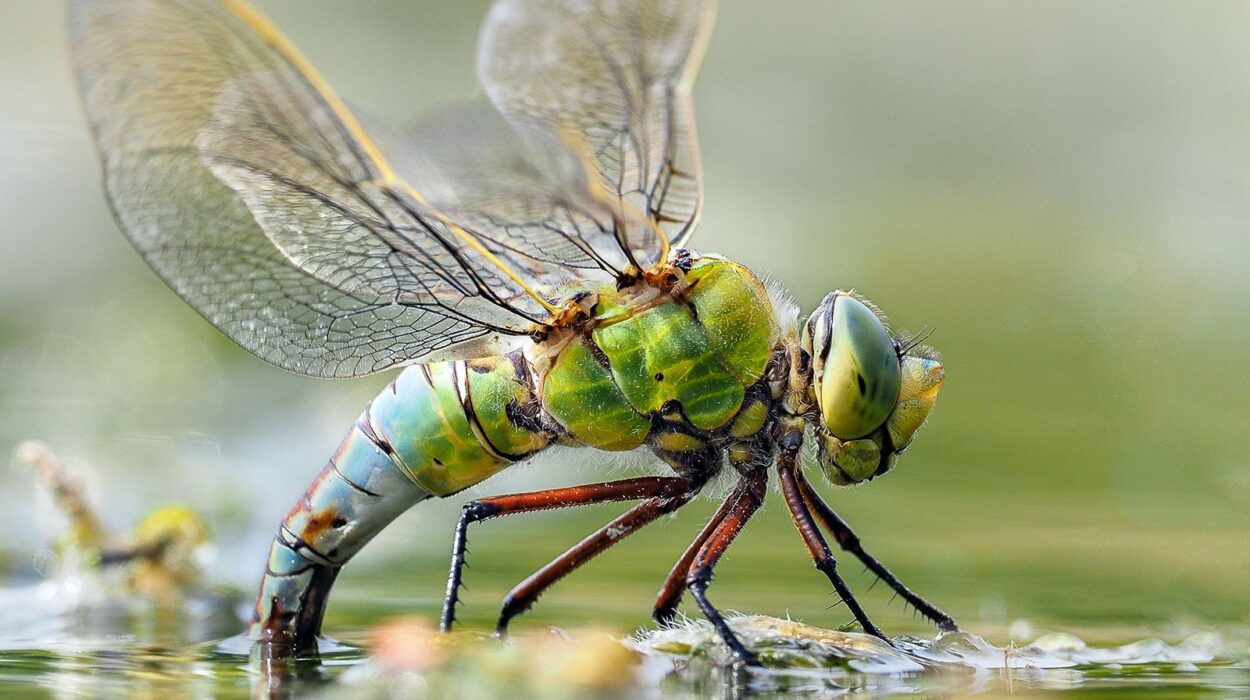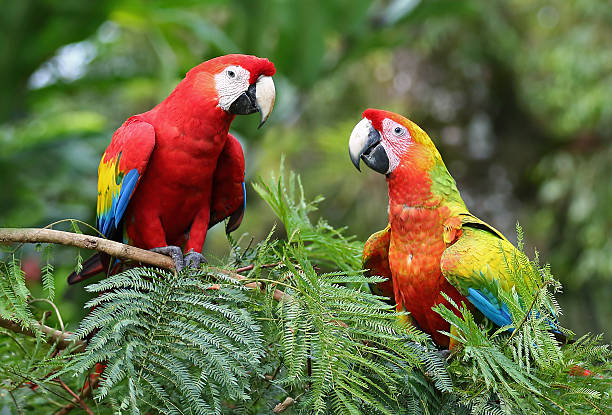When we think of “using tools,” our minds instantly conjure up images of humans — ancient ancestors shaping stones, carpenters crafting with precision, or modern engineers designing machines. Tool use has long been considered a hallmark of human intelligence, a defining feature of our species. Yet, step quietly into the forests, oceans, and skies, and you’ll find a revelation: we are not alone in this ability.
Across the planet, animals of all shapes and sizes are manipulating their environments with creativity and purpose. They use sticks to fish for insects, shells to crack open food, leaves to carry water, and even stones to perform delicate operations that require planning and dexterity. Each discovery shatters the illusion that humans alone possess the spark of ingenuity.
These 17 remarkable animals blur the boundaries between instinct and intellect. Their stories invite us to see the world through new eyes — eyes that recognize intelligence in its many, wondrous forms.
1. Chimpanzees – The Master Toolmakers of the Forest
Chimpanzees are the undisputed icons of animal intelligence, and their tool use is nothing short of revolutionary. In the wild forests of Africa, chimps fashion sticks into spears, fishing rods, and even grooming devices. They strip leaves off branches to create termite-fishing tools, dip them into insect mounds, and then lick the wriggling harvest off with satisfaction.
They use stones to crack open nuts, a feat requiring strength, coordination, and understanding of cause and effect. Some chimp communities even sharpen sticks to spear small animals like bushbabies—one of the few examples of hunting with weapons outside the human lineage.
Their behavior reveals more than mere instinct. Chimps teach their young to craft and use tools, passing knowledge across generations. In doing so, they demonstrate a primitive form of culture—proof that the roots of civilization stretch far deeper than we once imagined.
2. Dolphins – The Underwater Innovators
In the turquoise shallows of Shark Bay, Australia, bottlenose dolphins perform an extraordinary feat. They break off marine sponges and wear them over their beaks like protective gloves. The purpose? To shield their sensitive snouts while foraging along the seafloor for hidden fish.
This behavior, known as “sponging,” is not random—it’s learned, deliberate, and passed down mainly from mothers to daughters. It’s a striking example of cultural transmission among non-human animals.
Some dolphins also use shells to trap fish. They chase their prey into empty shells, lift them to the surface, and shake them until the fish slides into their mouths. It’s a display of creativity and understanding of physics that would make any engineer proud.
Dolphins remind us that intelligence need not walk on two legs; sometimes, it swims in the currents of the sea.
3. Crows – The Feathered Engineers
Crows are among the smartest creatures on the planet. Their tool use rivals even that of primates. New Caledonian crows, in particular, have astonished scientists with their ability to craft and use tools from twigs, leaves, and even metal wires.
They bend sticks into hooks to extract grubs from crevices, an act that requires foresight and spatial reasoning. In laboratory experiments, crows have been seen using one tool to obtain another—demonstrating a chain of logic once thought uniquely human.
One crow named Betty famously bent a piece of wire into a hook without prior training. She had never seen the act before; she simply reasoned it out.
Crows also use cars to crack nuts, dropping them onto roads and waiting for vehicles to do the hard work. When the traffic light turns red, they swoop down to collect their snack—clever, calculated, and completely astonishing.
4. Elephants – The Gentle Giants with Ingenious Minds
Elephants, with their immense size and soulful eyes, are known for their deep emotions—but they are also skilled tool users. In the wild, they’ve been observed breaking branches to swat flies, scratching their backs with sticks, and using leaves to plug waterholes.
They use their trunks as both tool and manipulator, capable of intricate movements rivaling human hands. In captivity, elephants have even been seen using paintbrushes—guided by humans, yes, but wielding them with undeniable awareness and intention.
In one remarkable instance, an elephant named Kandula at the Smithsonian’s National Zoo stacked boxes to reach fruit hanging overhead, proving a capacity for problem-solving and insight.
Their intelligence is practical, emotional, and deeply empathetic—a reminder that thinking takes many forms, and sometimes, the largest hearts hold the keenest minds.
5. Sea Otters – The Ocean’s Toolmasters
Floating on their backs in the cold Pacific waters, sea otters perform delicate, purposeful work. With a stone balanced on their chests, they crack open mussels, clams, and sea urchins. These stones are not random—they are chosen carefully, kept, and reused, sometimes stored in a special pouch under the otter’s arm.
This makes sea otters one of the few animals known to carry personal toolkits. Their dexterity and problem-solving abilities reflect an extraordinary level of adaptation to their environment.
Researchers have even discovered archaeological evidence of “otter anvils”—rocks repeatedly used over generations, hinting at the beginnings of an otter culture passed through time.
When you watch a sea otter at work, you’re not just witnessing feeding behavior. You’re watching the story of invention written across the waves.
6. Orangutans – The Forest Artisans
Orangutans, the red-haired sages of the rainforest, exhibit tool use that’s both inventive and tenderly human. They use sticks to extract insects, fashion leafy umbrellas to protect themselves from rain, and even use branches to test the depth of water before wading in.
In captivity, orangutans have been known to use hammers, saws, and even siphon liquids through improvised straws. Some individuals have demonstrated remarkable creativity—one used a cloth to wipe its face after watching a human do the same.
Their intelligence is rooted in deep observation. They watch, learn, and adapt, passing on their skills to their young. Each generation refines the craft, turning behavior into tradition.
The forests of Borneo and Sumatra are not just ecosystems—they are classrooms where wisdom is passed down, branch to branch, through time itself.
7. Woodpecker Finches – The Avian Technicians
In the Galápagos Islands, a small bird carries a big secret. The woodpecker finch, unable to drill through bark with its beak like true woodpeckers, has devised an ingenious solution: it uses tools.
These birds pick up twigs, cactus spines, or thorns and use them to dig insects out of tree bark. Sometimes, they even modify their tools, trimming them to the perfect length or sharpening them for precision.
This remarkable adaptation is an example of convergent evolution—different species solving similar problems in different ways. While humans invented screwdrivers and chisels, the woodpecker finch invented its own miniature toolkit.
It’s not just instinct; it’s craftsmanship on a feathered scale.
8. Octopuses – The Architects of the Deep
Beneath the ocean’s surface, intelligence takes a form that defies expectation. The octopus, with its alien grace and many-armed dexterity, is one of the most remarkable tool users in the animal kingdom.
Some octopuses carry coconut shells or clam halves to use as shelters. They transport these across the sea floor and, when threatened, assemble them into protective armor—a clear example of tool use involving planning and future preparation.
They’ve also been seen manipulating rocks to block the entrances of their dens, and even collecting objects like bottle caps or glass for defense and decoration.
Their intelligence is decentralized—spread across their arms, each capable of independent problem-solving. Watching an octopus build its fortress is like witnessing an alien mind in motion, proof that consciousness can evolve in astonishingly different ways.
9. Gorillas – The Thoughtful Innovators
Once believed to be gentle giants of brute strength rather than intellect, gorillas have shattered that stereotype. In the wild, they’ve been observed using sticks to measure water depth and using logs as bridges to cross streams.
One female gorilla named Koko, famous for her sign language skills, demonstrated an intuitive grasp of cause and effect when using tools to play and explore.
Gorillas don’t rely on tools as frequently as chimpanzees, but when they do, it’s with clear purpose and creativity. Their behavior offers a glimpse of intelligence shaped not by aggression or competition, but by curiosity and care.
They remind us that intelligence, in its purest form, is often quiet, patient, and profoundly gentle.
10. Goffin’s Cockatoos – The Feathered Problem-Solvers
Native to Indonesia, Goffin’s cockatoos are small white parrots with extraordinary problem-solving skills. In laboratory settings, they have been seen creating and using tools spontaneously—without ever seeing humans do it.
When given a nut inside a box, some cockatoos tore strips of cardboard to make shovels and rakes. Others crafted sticks into hooks to pull out rewards. These acts required not only understanding of tools but imagination.
What makes them truly fascinating is their flexibility. They don’t rely on instinct; they invent. When faced with a new challenge, they adapt, innovate, and persist.
Each Goffin cockatoo is like a feathered engineer—testing, learning, and proving that creativity knows no species boundary.
11. Capuchin Monkeys – The Stone Age Primates
In the forests of South America, capuchin monkeys live their own version of the Stone Age. They use rocks to crack open nuts and seeds, carefully selecting the right size and weight for the job.
They lay the nuts on flat “anvil stones” and strike them repeatedly until the hard shell yields. This isn’t random behavior—it involves planning, precision, and even cooperation.
Some capuchins have been observed using leaves as cups to drink water and sticks to probe for insects. Their behavior is cultural, varying from one troop to another—each with its own unique tool traditions.
Archaeological evidence suggests that capuchins have been using stone tools for over 700 years, a testament to the endurance of animal ingenuity.
12. Ants – The Tiny Engineers
Ants may seem mindless in their numbers, but look closer and you’ll find tool use on a miniature scale. Some species use sand or leaves to carry liquid food back to their colonies. Others use small particles to bridge gaps, plug holes, or defend their nests.
Weaver ants, for example, use silk produced by their larvae as a kind of glue, holding leaves together to build intricate nests. This behavior involves teamwork, coordination, and astonishing precision.
Even though ants act collectively rather than individually, their combined intelligence reveals that tool use doesn’t require a big brain—just the right instinct channeled through cooperation.
13. Egyptian Vultures – The Rock Smashers
In the arid deserts of Africa and the Middle East, the Egyptian vulture stands apart from its kin. While most vultures rely on brute force, this clever bird uses stones as hammers.
When faced with a tough ostrich egg, the vulture picks up a rock in its beak and repeatedly strikes the shell until it cracks. The act is deliberate, calculated, and repeated until success.
Egyptian vultures have also been seen carrying twigs to roll up wool for nest building—another clear sign of adaptability. Their intelligence shows that innovation is not limited to mammals or even social creatures. Sometimes, it’s the quiet survivor who becomes the true genius.
14. Rodents – The Clever Collectors
Rats and mice may not seem like tool users, but recent studies suggest otherwise. Some wild rodents use sticks to probe food sources or manipulate obstacles. In laboratory settings, rats have demonstrated the ability to use small objects as tools to reach food, adapting their strategies when circumstances change.
Their intelligence is practical and flexible. They learn by observation, remember patterns, and modify their behavior—key traits of tool-using minds.
Even without opposable thumbs, rodents prove that innovation can come from the smallest corners of the animal kingdom.
15. Archerfish – The Water Sharpshooters
The archerfish’s “tool” isn’t an object—it’s water itself. This remarkable fish uses precision jets of water to knock insects off branches and into the water, where they become an easy meal.
Archerfish adjust for light refraction, distance, and movement, calculating trajectories with astonishing accuracy. Young archerfish learn by watching adults, refining their aim over time—a form of cultural learning.
They are living examples of how the definition of “tool” expands when nature itself becomes a weapon of creativity.
16. Wrasse Fish – The Underwater Hammerers
The tuskfish, a species of wrasse, has joined the elite club of underwater tool users. In coral reefs, divers have recorded tuskfish carrying clams or shellfish in their mouths and smashing them against rocks to open them.
This behavior requires foresight and coordination, as the fish must choose the right rock, position the prey correctly, and strike with precision. It’s the ocean’s equivalent of a hammer and anvil.
Such acts challenge our perception of fish as simple creatures. They prove that intelligence isn’t confined to land—it flows through the currents of every ecosystem on Earth.
17. Jaguars – The Silent Strategists
While not known for crafting tools in the traditional sense, jaguars display a unique form of tool-assisted behavior. In some regions, they use leaves to muffle the sound of their movements while stalking prey or to divert ants while feeding.
Their hunting tactics show calculated patience, spatial awareness, and an ability to adapt the environment to their needs. In the shadows of the rainforest, their intelligence manifests not in tools made by hand, but in the subtle manipulation of nature itself.
Jaguars teach us that intelligence takes many forms—sometimes, it’s not about building, but about knowing when and how to act.
The Evolutionary Meaning of Tool Use
For decades, scientists believed that tool use was the defining boundary between humans and other animals. But nature has proven otherwise. Across species, tool use arises wherever there is need, creativity, and opportunity.
From sea otters’ stone anvils to chimpanzees’ termite sticks, from crows’ crafted hooks to dolphins’ sponge masks, these behaviors represent evolution’s quiet brilliance—the shaping of intelligence to fit every niche of life.
Tool use is more than a sign of cleverness. It’s a reflection of awareness—of self, of environment, and of possibility. Animals that use tools don’t just react; they plan, they experiment, they imagine outcomes before acting.
In that imagination lies the bridge between instinct and intellect, between animal and human.
The Shared Spark of Ingenuity
When a chimp crafts a spear, when a dolphin wears a sponge, or when an octopus carries a shell, they are all doing the same thing humans once did in the dawn of our species: turning imagination into survival.
Their tools may be simple, but their minds are not. Each act of invention whispers a truth we can no longer ignore—that intelligence is not a single flame burning only in humankind, but a constellation scattered across the living world.
And as we learn to see that brilliance in others, we might just rediscover the wonder within ourselves—the same ancient creativity that binds us to every toolmaker who has ever lived, whether walking on land, flying in the air, or swimming in the sea.
